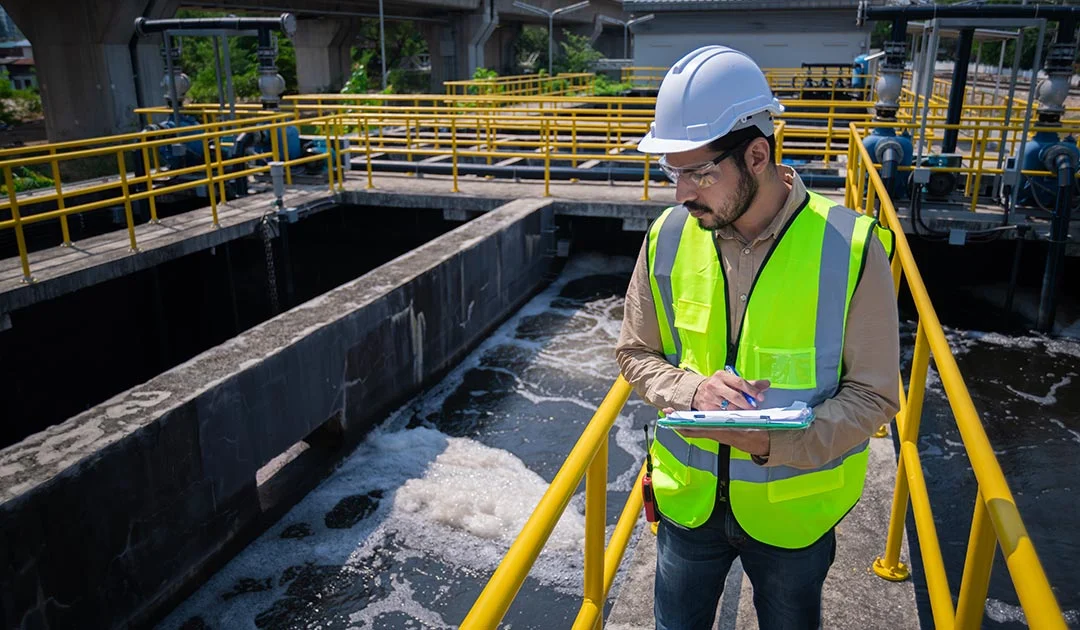La protección al consumidor digital en Perú se sustenta en múltiples leyes sectoriales que, aunque coexisten, presentan solapamientos y vacíos normativos: 1. Código de Protección y Defensa del Consumidor (Ley […]
Popular Posts
Trending Posts
Recent Posts
Editors Choice
Cómo se financian las obras de saneamiento en el Perú y por qué muchas no se completan
El financiamiento de obras de saneamiento en Perú proviene de múltiples fuentes, aunque todas enfrentan limitaciones críticas: 1. Presupuesto público (gobierno nacional, regional y local) El presupuesto público es […]
Tecnologías limpias y acceso universal: ¿pueden las energías renovables reducir desigualdades?
Las energías renovables representan una oportunidad histórica para romper el ciclo de desigualdad energética que perpetúa pobreza en zonas rurales y comunidades vulnerables. Sin embargo, esta potencia transformadora no […]
El rol del Estado en la supervisión de las empresas de agua, luz e internet: ¿se cumple realmente?
El Estado peruano ejerce supervisión de servicios públicos a través de cuatro organismos reguladores especializados, cada uno con autonomía funcional, técnica, administrativa y financiera según la Ley Marco (Ley […]
¿Qué es la pobreza energética y cómo afecta a los hogares peruanos?
La pobreza energética es la incapacidad de un hogar para acceder a servicios energéticos modernos, seguros, limpios y asequibles necesarios para satisfacer sus necesidades básicas. Va más allá de la […]
Cómo mejorar la calidad del servicio de internet en zonas rurales del Perú
La calidad del servicio de internet en zonas rurales peruanas es un desafío multifacético que requiere intervenciones coordinadas en infraestructura, regulación, capacitación y modelos comerciales sostenibles. Aunque se […]
Transición energética en el Perú: retos para garantizar un acceso justo y sostenible.
La transición energética en Perú representa un desafío multidimensional que requiere equilibrar objetivos ambientales con necesidades socioeconómicas. Aunque el país cuenta con abundantes recursos renovables y ha establecido […]
Los derechos del usuario frente a cortes de agua y luz: ¿qué dice la normativa peruana?
La normativa peruana ha avanzado significativamente en la protección de los derechos del consumidor ante cortes de servicios básicos. El marco regulatorio incluye disposiciones en el Código de […]
¿Cómo afecta el alza de tarifas eléctricas a los consumidores peruanos?
Aunque en 2025 las tarifas eléctricas en Perú han experimentado principalmente reducciones, el contexto general muestra un aumento significativo en los últimos años. Entre 2016 y 2024, la […]
Impacto de la contaminación del agua en la salud pública: prevención y políticas efectivas
Mientras el mundo enfocó atención en COVID-19, otra pandemia silenciosa continuaba matando sin pausa: la contaminación del agua causa aproximadamente 5 millones de muertes anuales. Más de esto, 502,000 muertes […]
Innovaciones en salud ambiental: sensores inteligentes para monitorear aire, agua y ruido
Durante décadas, monitorear contaminación ambiental significaba enviar técnicos con equipos costosos a puntos específicos, recopilar muestras manualmente, y luego analizar resultados semanas después. Para el momento en que […]
Ciudades sostenibles: cómo planificar barrios resilientes frente al cambio climático
Las ciudades latinoamericanas enfrentan una paradoja creciente: albergan más de 80% de la población regional, pero generan problemas ambientales desproporcionados. El cambio climático intensifica sequías, inundaciones y olas […]












